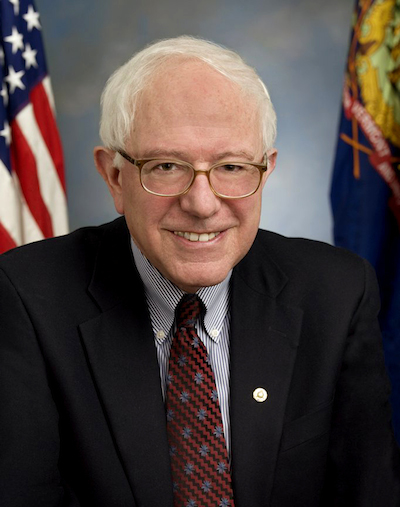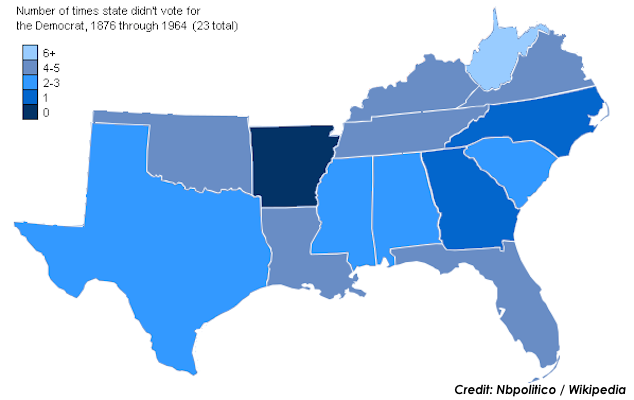I think it’s likely that the first term (and first re-election campaign) of Denmark’s first female Prime Minister, Social Democrat leader Helle Thorning-Schmidt, probably gives us a forecast of what a hypothetical first term for President Hillary Clinton would look like and how she would likely position herself during her re-election effort. You can make of that what you will, but I think it would prove to be more than a passing comparison between the two.
Here are some excerpts from an Irish Times report on the closing weeks of the incredibly close campaign for the 2015 Danish parliamentary elections on June 18:
Her centrist – some would say [market] liberal – reform drive has won over Denmark’s business leaders. Now she hopes to win over reform-weary voters with a promise of €5 billion in additional social spending.
[…]
she launched a publicity campaign appearing to take a tougher line on immigration. Her party hopes this will peel away voters from the traditionally anti-immigration Danish People’s Party. Posters went up around Danish cities with a smiling prime minister and statements such as “If you come to Denmark you should Work”.
Thorning-Schmidt has been praised by some Danes for her straight-talking on a longtime taboo issue. Others are uncertain whether she is trying to beat or join the People’s Party on immigration. Some left-wing Danes see a danger of fanning intolerance towards foreigners, whether eastern Europeans or asylum seekers.
[…]
Social Democrat strategists are confident voters will reward their immigration policy they believe is tough without being heartless.
“What we have said on immigration is clear and common sense,” said Niels Fuglsang, a Social Democrat election strategist. “We have tightened requirements of how many immigrants we have, so our society can absorb and handle them. And we ask of immigrants here nothing more than we ask of Danes – that they work and contribute to our society.”
[…]
“Helle has stolen two shiny weapons from her rivals: economic reform from the Liberals, immigration from the People’s Party,” said Annette Juhlers, a news anchor and political adviser. “She’s more confident recently and I see a sparkle in her eye. She’s fighting tough and I think she’s realised that she likes it.”
The 2015 Danish parliamentary elections are on my 15 elections in 2015 to watch list from January. I highlighted the political mainstreaming of the People’s Party anti-immigrant ideology as a continuing problem likely to worsen in this election.






 Senator Bernie Sanders has unveiled his latest policy proposal as part of his Democratic presidential campaign: Free public college, funded via a new financial transactions tax to discourage damaging Wall Street speculation. It’s a step up from his earlier
Senator Bernie Sanders has unveiled his latest policy proposal as part of his Democratic presidential campaign: Free public college, funded via a new financial transactions tax to discourage damaging Wall Street speculation. It’s a step up from his earlier 



